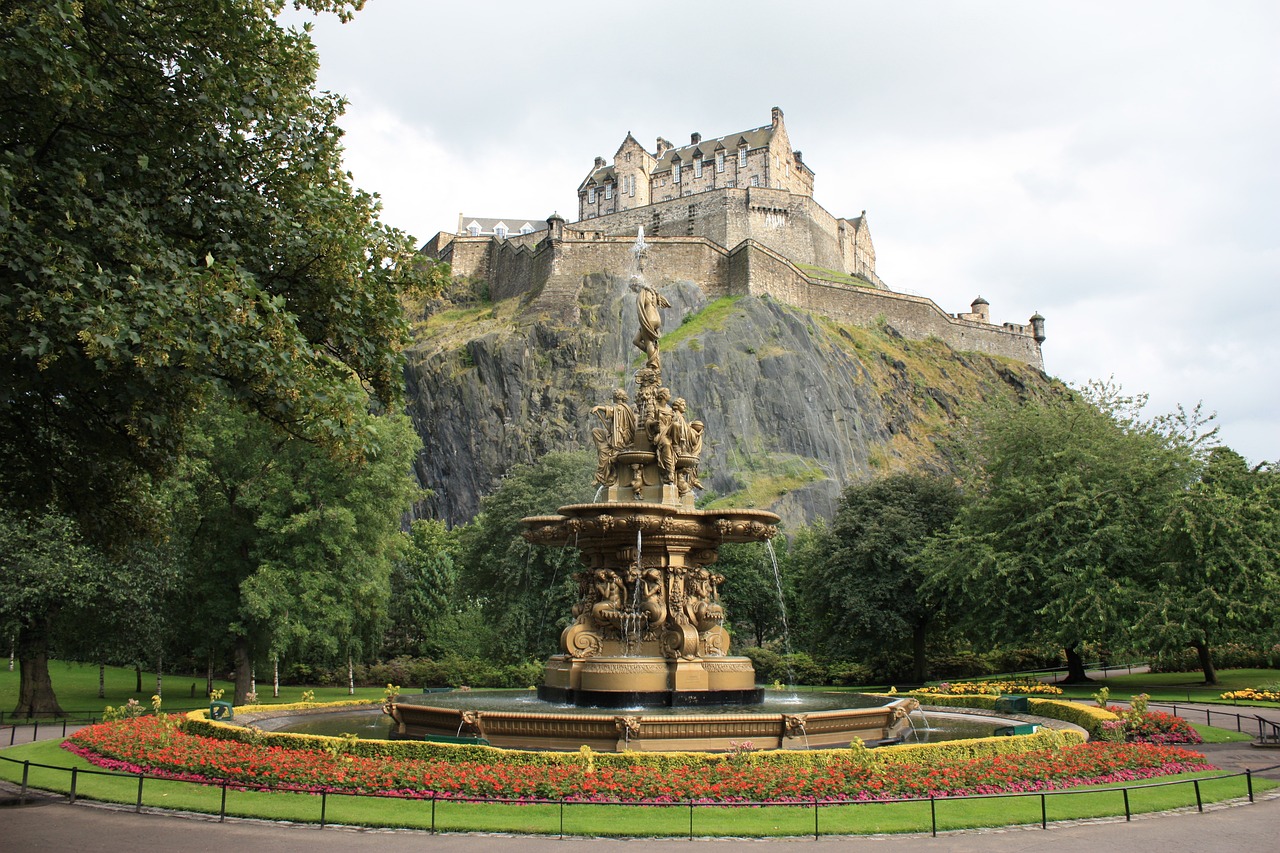A trip here isn’t just about snapping great photos – it’s about diving into stories of royalty, battles, and mystery that have shaped Scotland’s history.
The castle’s strategic position made it a key site in the Wars of Scottish Independence and the Jacobite risings. It has been besieged more than any other castle in Britain, testifying to its importance in Scotland’s history. Notable structures within the castle include St. Margaret’s Chapel, the oldest surviving building in Edinburgh, built in the 12th century by King David I in memory of his mother, Queen Margaret.
Visitors can explore the Great Hall, which showcases medieval weaponry and suits of armour, as well as the Crown Jewels of Scotland, which include the Crown, Sceptre, and Sword of State. Another highlight is the Stone of Destiny, an ancient symbol of Scottish royalty that was returned to Scotland in 1996 after centuries in England.
One of the castle’s unique traditions is the One O’Clock Gun, fired daily (except Sundays) from the Mills Mount Battery, which once helped ships in the Firth of Forth synchronise their clocks. The castle’s National War Museum provides further insight into Scotland’s military history, with exhibits covering the country’s role in various wars and conflicts.
Today, Edinburgh Castle is a popular attraction, drawing millions of visitors from around the world who are captivated by its stunning views, historic architecture, and the stories of Scottish kings, queens, and warriors. It is also the site of the annual Royal Edinburgh Military Tattoo, an international event showcasing military bands and performances against the dramatic backdrop of the castle.


